Virtual Reality
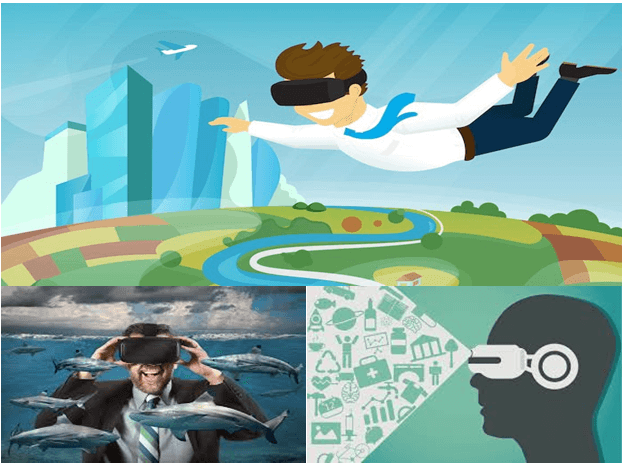
In past few days we heard a lot about a game called Pokemon Go. The game made people crazy as it is based on virtual reality. Virtual reality is nothing but an “illusion of reality”. Everything that we know about our reality comes by way of our senses (taste, touch, smell, sight and hearing). In other words, our entire experience of reality is simply a combination of information collected with these senses and our brains reacting mechanisms for that information. It is obvious then, that if you can present your senses with made-up information; your perception of reality would also change in response to it. You would be presented with a version of reality that isn’t really there, but from your perspective it would be perceived as real. Something we would refer to as a “virtual reality”.
Virtual reality is the term used to describe a three-dimensional, computer generated environment which can be traversed and involved directly with by a person. That person becomes part of this virtual environment and be able to handle objects or to perform series of actions. There are a number of systems that are used for this purpose, such as headsets, omni-directional treadmills and special gloves. These are used to actually stimulate our senses together in order to create the illusion of reality. This is actually more difficult than it looks like, as there is equal involvement of our senses and brains to provide us with a finely synchronized and mediated experience. Also, virtual technology should take human physiology into account. If an implementation of virtual reality manages to get the combination of hardware, software and sensory synchronicity just right it achieves something known as a “sense of presence”. Where the subject really feels like they are present in that environment.
Features:
- Virtual reality system may differ but it will allow the person to view three dimensional images and these images will appear life-sized to the person.
- Images change as the person moves around their environment which corresponds with the change in their field of vision. This ensures that the virtual environment is both realistic and enjoyable.
- An appropriate response provided by the virtual environment is the key element. If not so person becomes aware that he/she is in artificial environment.
The first references to the concept of virtual reality came from science fiction. Stanley G. Weinbaum's 1935 short story "Pygmalion's Spectacles" describes a goggle-based virtual reality system with holographic recording of fictional experiences, including smell and touch. Since then number of applications were developed including fields of Architecture, Sports, Medicine, Arts and Entertainment.
Latest Blog

What are Progressive Web Apps (PWAs)
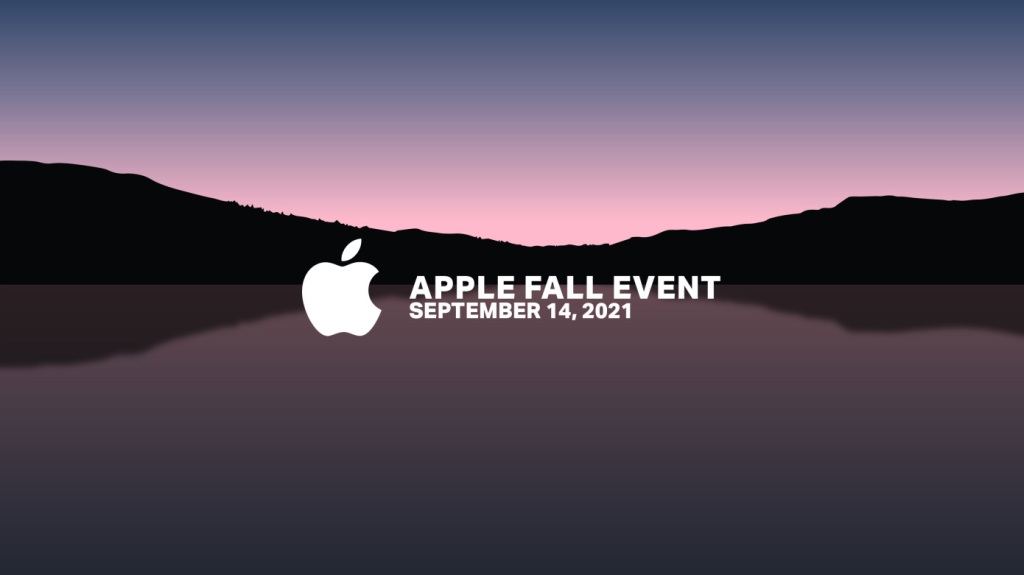
Apple Event September 2021 Recap
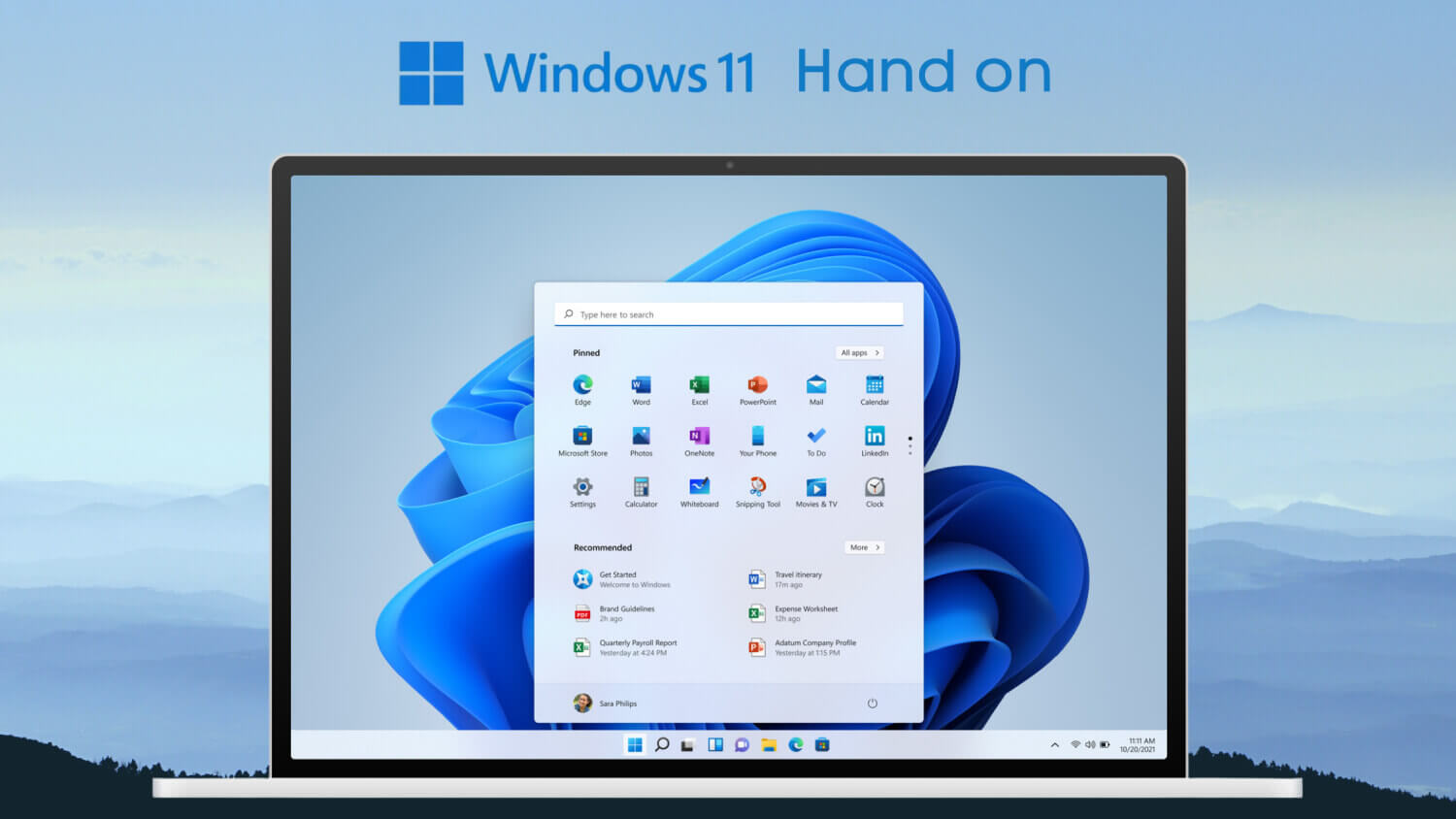
Windows 11 hands-on: Here's Everything You Need to Know About Microsoft's Latest Operating System
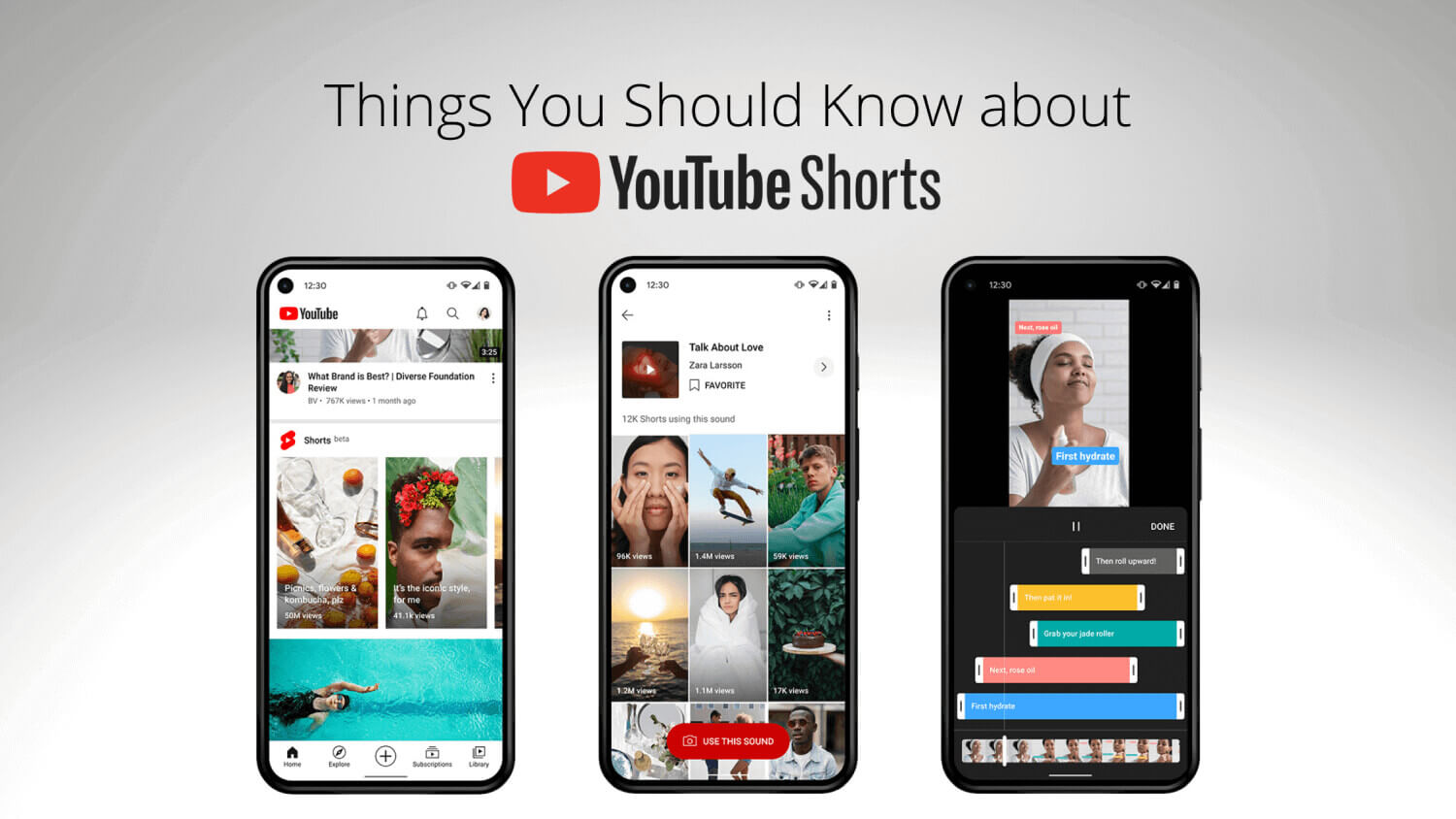
YouTube Shorts - Things You Should Know
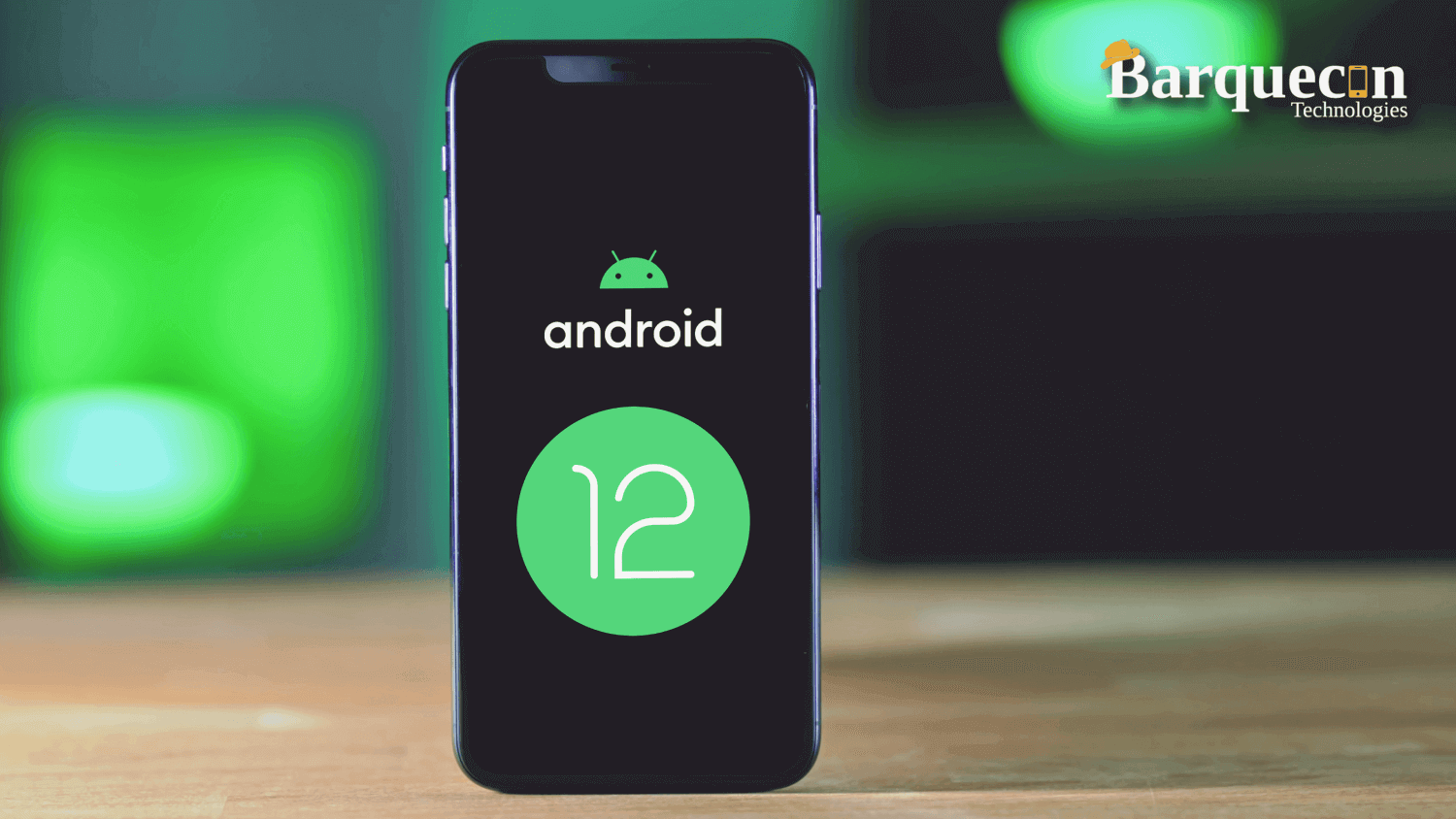
8 New Features of Android 12 You Didn’t Know
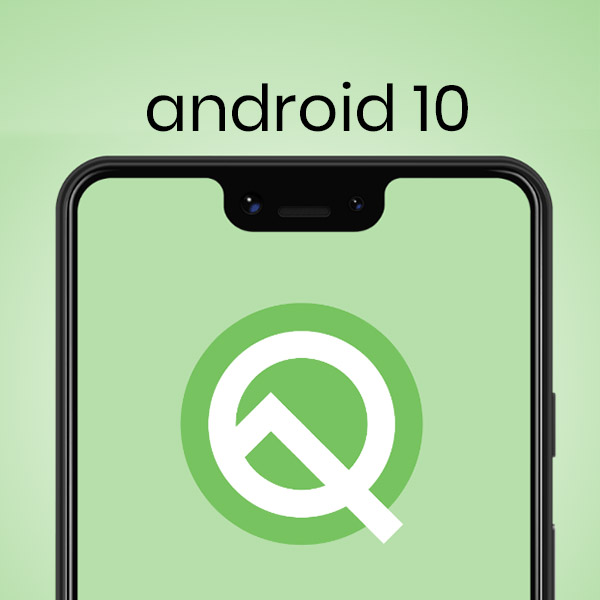
Android 10: Top feature you need to know!
Akshay Gangwar
50 mins ago

Temperature & Humidity IOT Solutions for Food, Agriculture and Medical Industry
Akshay Gangwar
50 mins ago

HTC Reportedly Planning to Re-enter Indian Market in August
Akshay Gangwar
50 mins ago

Apple OS X Server: File Transfer Protocol
Akshay Gangwar
50 mins ago

